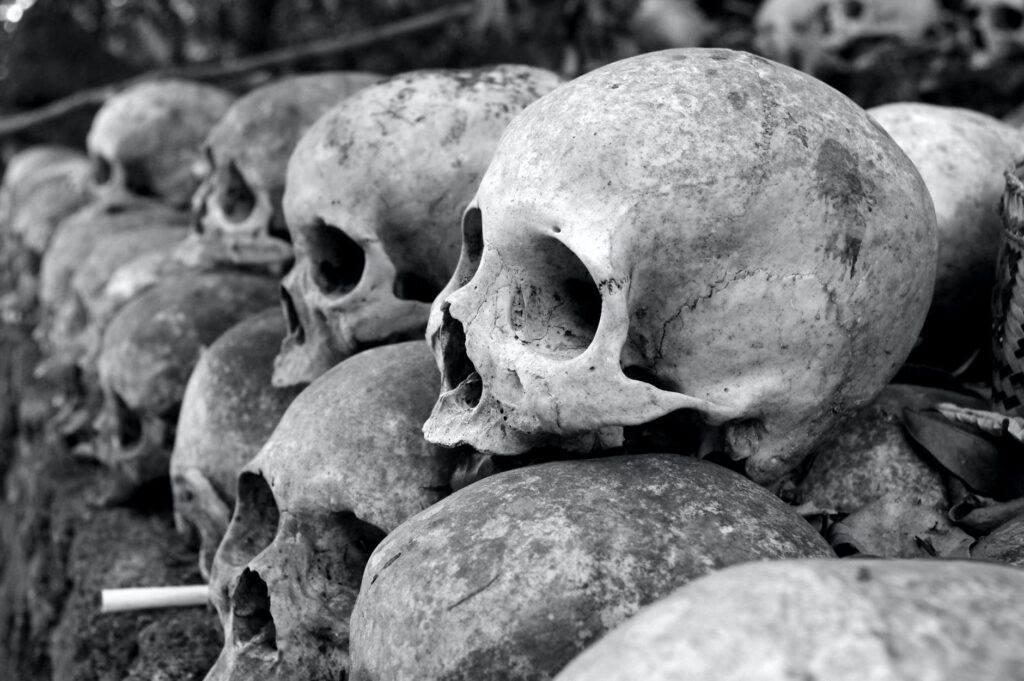The present Covid-19 crisis has brought back memories of studying about pandemics in history classes back in school. To understand the future of our lives in the present crisis, a lot of us are reflecting back on the homework and assignments we had completed related to the history of pandemics. Some of the history homework was about the transition of diseases from Europe to America in the 17th and 18th centuries. As per Homework Market, some other assignments had us looking through European history homework help on the internet about 14th-century plagues of Europe. The reason to look at the history lessons of world pandemics is to gain insights about how the present crisis can be brought to an end.
Since the beginning of human civilization, diseases have scared humankind. Civilization has been the prime cause of communicable diseases because people started residing in close quarters to one another with domesticated animals. Due to the social structure, the largest population lived in poor hygienic conditions which were ideal breeding grounds for bacteria and viruses.
Many scientists have varied opinions on the accurate description of a pandemic. However, most of them agree that pandemic is any disease that spreads across an area that is much larger than usual.
Here we have made a list of the 4 worst pandemics in the early history of civilization.
Plague of Justinian

Image source: pexels.com
Many people think rats were the primary cause of plagues. However, Yersinia Pestis which was formerly known as Pasteurella Pestis is a bacterium responsible for three of the most dangerous epidemics in the documented history of the world, commonly known as plagues.
The first account of the series of world plagues occurred in 541 AD. The plague of Justinian came to Constantinople from Egypt with the grains that were sent as a gift for Emperor Justinian. Rats chewed through the grain sacks and ate the grain, and the bacteria-ridden flea traveled into the streets of Constantinople with those rats. The plague first spread through Constantinople and then throughout Europe, Asia, North Africa, and the Arab countries. It killed almost 30 – 50 million people all over the world, which was approximately half the world’s entire population during that time.
Back then medical science was not developed and people did not know how to fight diseases of such a scale of infection. People simply avoided going near the ones who were infected. The plague ended on its own when it had killed everyone who was not immune to the disease.
The Black Death
Most people have heard of the black death and relate to it with the images of the bird-like masks worn by plague doctors. Others might have read the details while looking at European history of plagues on the internet. The black death was the second occurrence of the plague after almost 800 years in the year 1347. It started in Sicily when 12 ships arrived with many dead and infected soldiers. The disease spread quickly through Europe and North Africa and killed more than 200 million people within 4-5 years.
The black death was when quarantine came into effect for the first time. Venetian ports isolated sailors for 30 days in their ships to ensure safety and this was referred to as ‘Trentino’. Later the period was extended to 40 days or ‘Quarantino’, from which the word quarantine emerged.
The Great Plague of London
The plague kept returning to London with almost 40 outbreaks of the disease between 1347 to 1665, and each time the plague claimed almost 20% of the city’s population. In the 1500s, laws were imposed on the residents of London to put the ones who were ill under isolation.
The last and the deadliest one was the great plague of London in the year 1665. More than 100,000 Londoners were killed in 7 months. The plague was ended by forcing the sick inside their homes and a red cross was painted on their doors so that no one approached the premises. The dead were buried in mass graves away from the city limits. These harsh measures finally ended the series of plagues in London.
Smallpox

Image source: britannica.com
Smallpox persisted in Europe and Asia for centuries and killed almost 30% of the people who got infected. The ones who survived are left with pockmarks all over their face and body. But the worst effect of the diseases was on the indigenous population of the present-day United States and Mexico. These people had zero tolerance for the disease and died by millions. The smallpox virus was brought over by the 15th-century European travelers and was responsible for killing more than 90% of the indigenous population within a century.
Smallpox was the first virus-infected epidemic that was eradicated by vaccination. The first rudimentary form of vaccination was formulated by Edward Jenner who was a British doctor. He has observed that dairymaids who were infected by cowpox, which was a milder form of the disease, were immune to smallpox. His first successful inoculation was on his gardener’s 9 years old son in 1796. It took another 184 years to eradicate the disease completely and finally in 1980, the world health organization declared that the world is free from this deadly scourge.
The last word
We have already fought against such deadly oppositions year after year, and we will in the coming years. We have to keep in mind that every worst situation teaches us some new lessons and with the help of those we get new provisions for fighting against the coming dangers. So, don’t give up hope as every night has an end.























